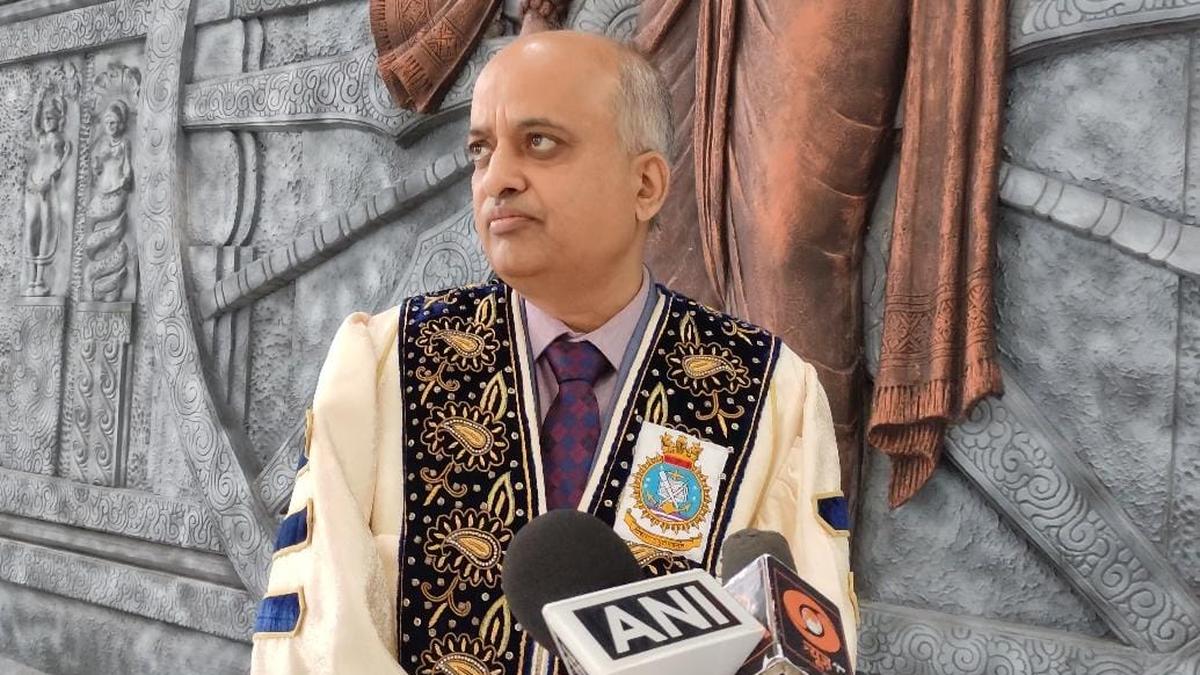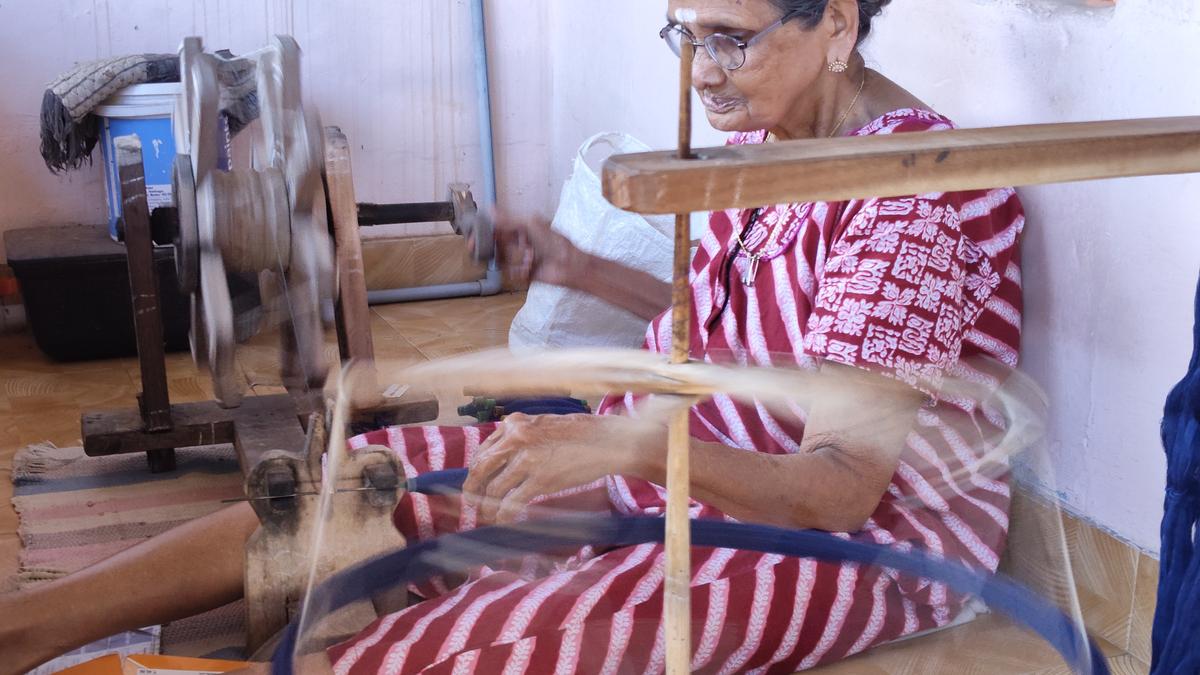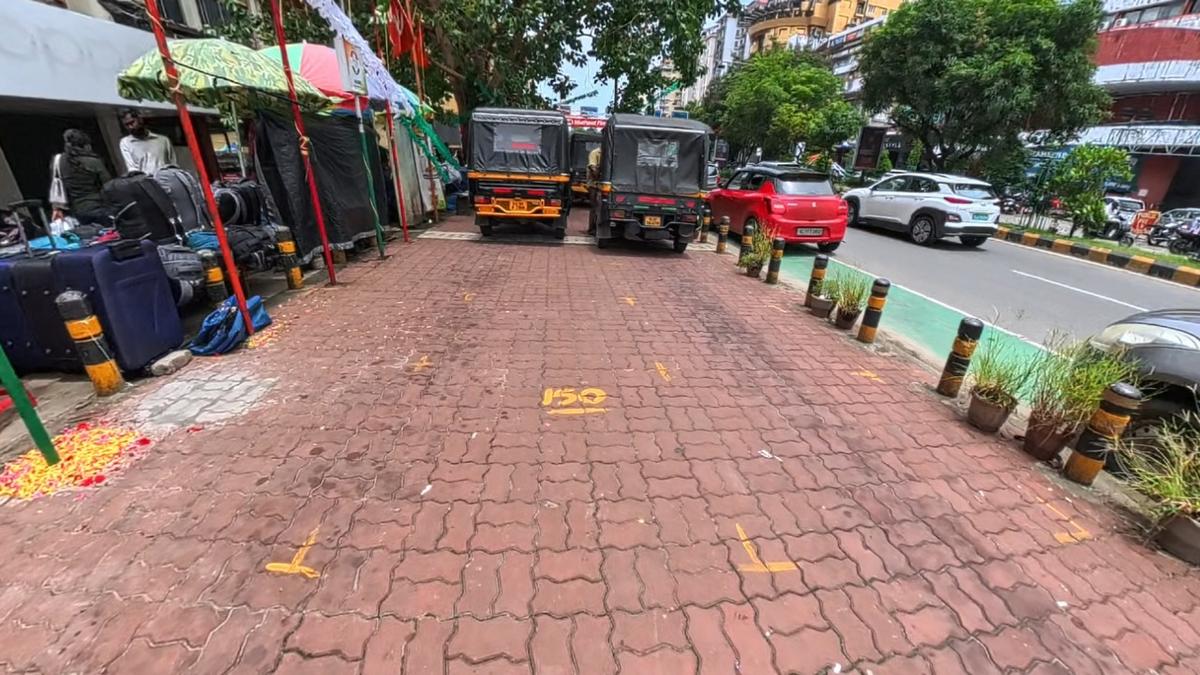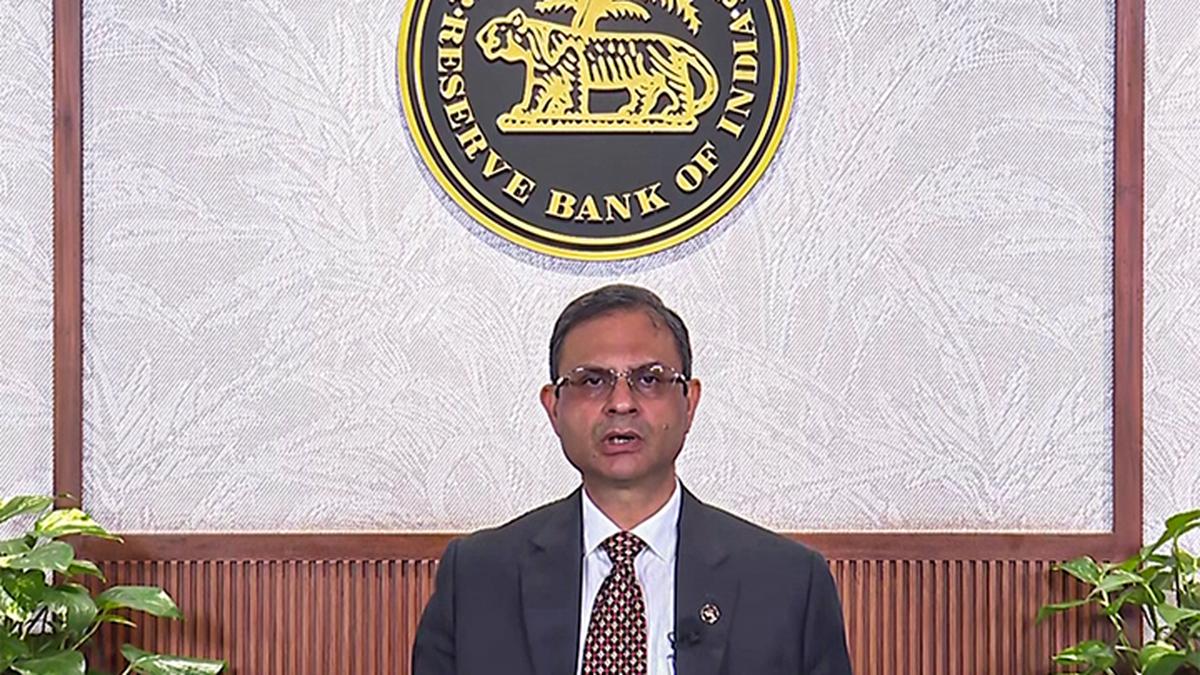Director General BrahMos, DRDO and CEO and MD BrahMos Aerospace Dr Jaiteerth R Joshi
The Director General of BrahMos Aerospace, Jaiteerth E. Joshi, has emphasised the urgent need for a robust collaboration between defence research, academic institutions and industry to create hands on ready engineers, particularly for the Indian Navy and defence services.
Speaking to The Hindu, on sidelines of 25th convocation Ceremony held at Indian Naval Academy in Kannur on Friday (May 30, 2025), Dr. Joshi underlined the transformative role of emerging technologies, artificial intelligence and machine learning in modern warfare and praised the Navy’s proactive steps in adapting to these domains.
Highlighting the unique training needs of naval engineers, who often operate without ground support, Dr. Joshi said “Naval cadets trained in engineering must be prepared for on board roles without base service support. Whether it’s rectification, testing or maintenance, they must operate independently. Our plan is to make self sufficient through advanced training modules.”
The vision he noted would be realised through training initiative run in coordination with the centres of excellence created by DRDO at IITs, NITs and institution like the Defence Institute of Armament Technology, along with close coordination the Naval Academy.
Applauding the INA’s academic partnership with Jawaharlal Nehru University, he stressed that academic societies like the Indian Society for Non Destructive Testing and the Institute of Electronics, in collaboration with premier engineering institutions, can enhance skill development and bridge the gap between theoretical knowledge and practical defence needs.
“This will provide intensive internships and hands on training tailored to their respective engineering domains,” he said, citing a plan to assign mechanical engineer to missile or armament clusters and electronic graduates to electronic warfare units. He described the initiative as tri-sector collaboration between academia, Research and Development and Industry.
Dr. Joshi also detailed a structured research and production model where academia handles initial research (Technology Readiness level (TRL) 1-3), applied research (TRL-4-6) is jointly undertaken with industry and advanced production stages (TRL-79_ are led by private manufacturers. “ This synergy ensures faster innovation and production readiness,” he said.
The DRDO, he said is actively supporting start ups with funding and integrating students into the defence ecosystem as early as their third or fourth years. Many of these students are being trained in DRDO labs, gaining domain specific exposure and working alongside defence personnel.
Dr. Joshi further acknowledged the value of experience from service officers joining DRDO through secondment, post retirement roles or lateral entries.
“They bring real-time warzone insight. Their understanding of frontline demands helps us design systems that are service friendly,” he said, stressing the importance of feedback from those who would eventually used these systems in combat.
The BrahMos chief was also optimistic about reversing brain drain. He asserted that the pace at which people were leaving the country has slowed. India’s technological leap across aerospace, defence, nuclear and automotive sectors is persuading more talent to stay.
“Global industrial turmoil and domestic growth have encouraged our talent to stay back. India’s growing industrial ecosystem, improved job prospects, and initiatives under the Atmanirbhar Bharat mission are reversing the trend” he added.
India is already the fourth largest economy and it is only a matter of time before we become the third, he said crediting this change to rise in start-ups and unicorn companies in the last five years.
Published – May 30, 2025 02:47 pm IST






